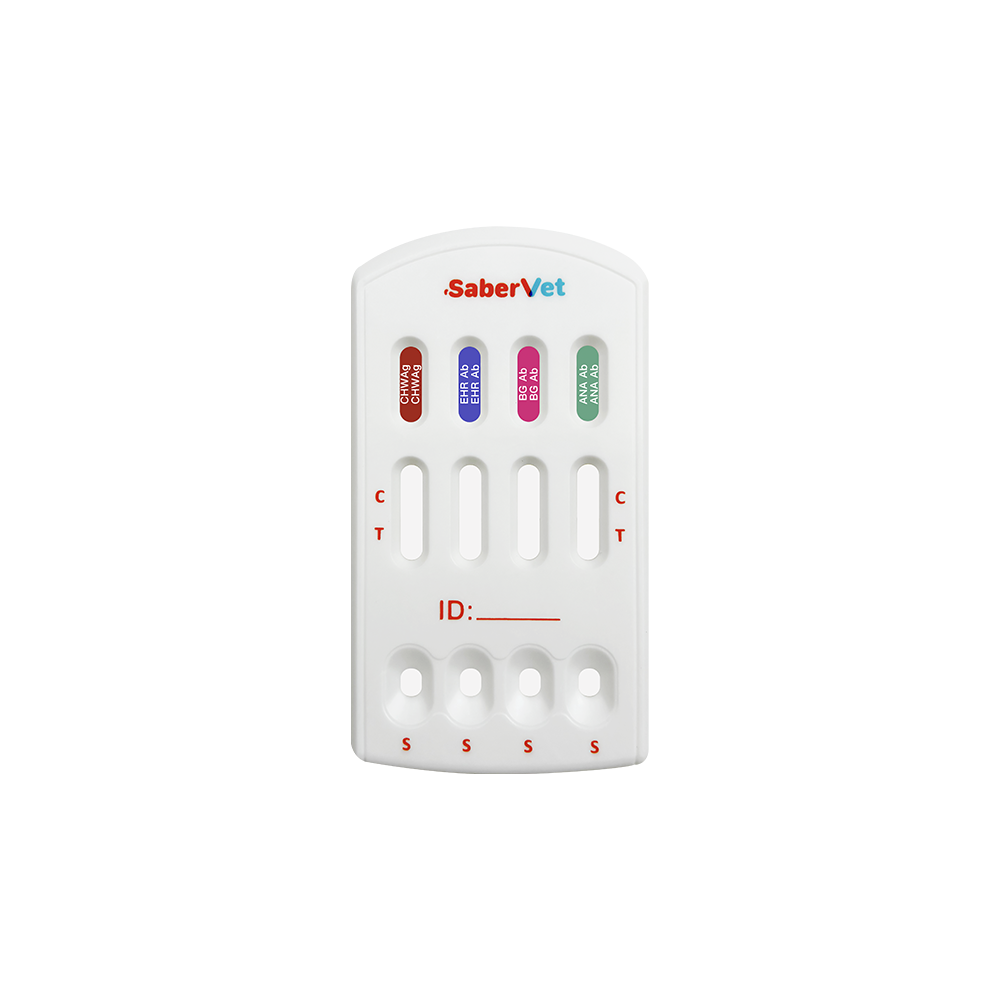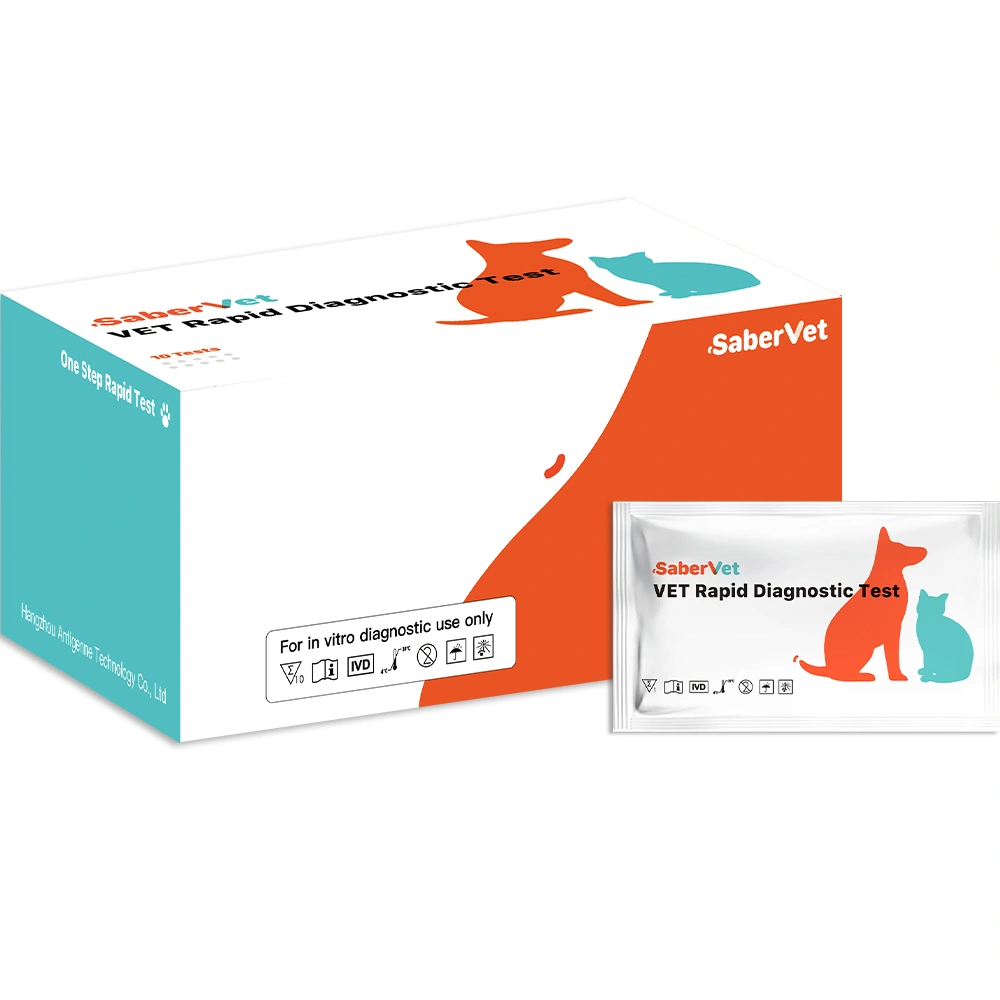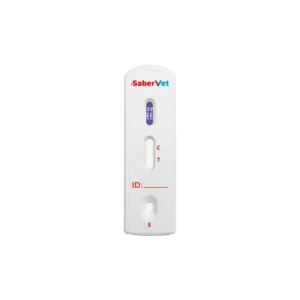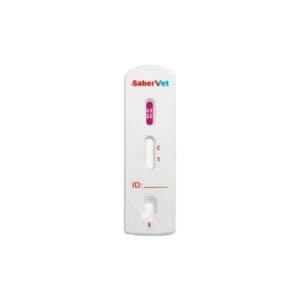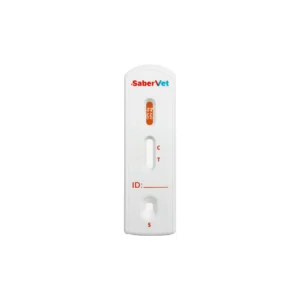Description
Pathology Description
Adult canine heartworm parasites are found primarily in the pulmonary artery and right ventricle and, in severe infections, in the right atrium, anterior and posterior vena cava, and pulmonary artery. The adult worms are elongated and white. The severity of clinical signs depends on the duration and extent of infection and the host’s response to the worms.
The main symptoms in dogs are coughing, decreased training endurance and weight loss. Other symptoms include palpitations, murmurs in the heart, dyspnoea, elevated body temperature and increased abdominal circumference. In the later stages, anaemia is enhanced and death occurs by gradual emaciation and debilitation.
In vena cava syndrome, a large number of worms in the right atrium and vena cava can cause sudden collapse and death. This is often preceded by loss of appetite and jaundice. Dogs with malarial filariasis often have a nodular skin disease characterised by itching and multiple nodules that tend to break down. The centres of the skin nodules are suppurating and microfilariae are commonly found in the blood vessels surrounding them.
Canine Ehrlichiosis is a clinical and subclinical infection caused by several members of the genus Ehrlichia, of which canine Ehrlichiosis is the most common and serious, mainly characterised by vomiting, jaundice, progressive lethargy, splenomegaly, muco-purulent ocular discharge, photophobia, and severe anaemia in the later stages of the disease. The mortality rate is higher in puppies than in adult dogs.
Babesiosis canis is a hard tick-transmitted blood protozoan disease clinically characterised by severe anaemia and high fever. The worms of Babesia gilbertii are small, mostly ring-shaped and rarely pear-seed shaped, and up to 15 worms can be parasitised in each red blood cell.
Anaplasmosis is a tick-vectored zoonosis with a phagocytophilic anaplasma as the causative agent. Anaplasma (ANA) is a Gram-negative, non-motile, specialised intracellular parasitic bacterium belonging to the family Anaplasmataceae, which are polymorphic bacteria, generally coccoid or oval in shape. Anaplasmosis occurs worldwide in a large number of mammals, with dogs, cats, and humans being incidental hosts, and most infections are mild or even asymptomatic.
Routine means of detection: laboratory blood smears can be detected during microscopic examination.
We have recently completed the development of a multiplex test that can be performed in 10 minutes using blood, serum or plasma. It is easy to perform, does not require any auxiliary equipment and provides accurate results, making it a clinical or home use product.
Treatment options
Treatment for the above worms can take the form of anthelmintic medications, immunomodulatory therapy, and symptomatic treatment. If symptoms persist or worsen, seek immediate medical attention to avoid potential complications.
1. Anti-disease medication
Anti-morbidity medication usually involves the use of drugs such as albendazole and ivermectin to kill parasitic adult worms and microfilarial larvae. These drugs are highly targeted to the worms and are effective in controlling the progression of the disease and reducing the risk of complications.
2.Immunomodulation therapy
Immunomodulation therapy aims to fight the infection by improving the body’s immunity, and commonly used methods include oral immunity enhancers or injections of biological response modifiers. This method helps to reduce the inflammatory response and tissue damage caused by the disease and promotes the repair of damaged organs.
4.Symptomatic treatment
Symptomatic treatment involves providing appropriate treatment options for specific symptoms, such as giving painkillers to relieve chest tightness, dyspnoea and other symptoms. Although it cannot directly eliminate the bugs, it can relieve the discomfort caused by the infection and improve the patient’s quality of life.
In addition to the above conventional treatments, regular monitoring of blood changes is recommended for timely detection and management of possible haematological abnormalities.
As Antigenne moves forward with its vision of revolutionizing animal disease detection, the launch of its brand, Itgen, marks a significant milestone in the company’s journey. With six years of industry experience, Antigenne has built a solid foundation of knowledge and expertise in developing efficient and accurate diagnostic reagents.
The creation of Itgen not only reinforces the company’s commitment to quality and innovation but also serves as a testament to its unwavering dedication to improving animal health and welfare.Together, we can make a difference. Contact Antigenne now and let’s unlock the future of animal health.
